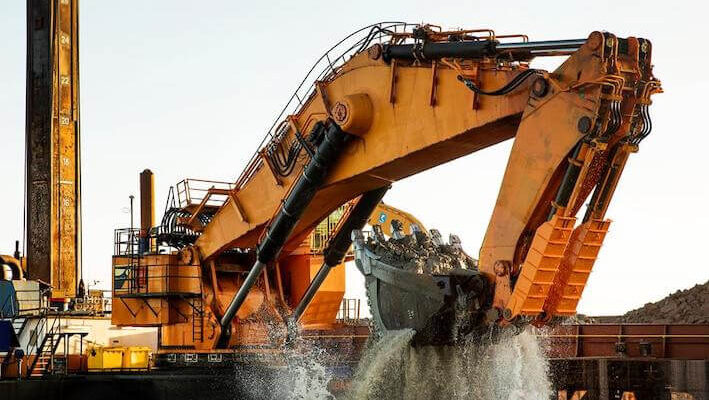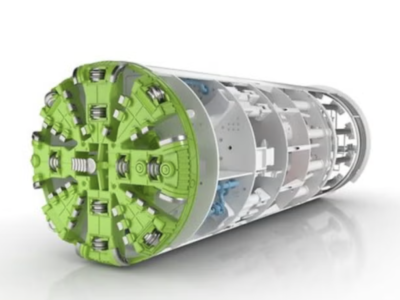
While the time duration of excavating 18km-long trench for the Fehmarnbelt tunnel by Fehmarn Belt Contractors (FBC) consortium was 3 years and they removed almost 15 million m3 of spoil from the seabed, currently its dredging has been completed.
At the peak of the work this project up to 70 vessels were operating.
According to Pedro da Silva Jørgensen, technical deputy director at Femern A/S: “It was the largest dredging operation in Denmark’s history, and it had been challenging. The subsoil between Denmark and Germany is a complex mixture of different soil types from soft clay to hard limestone. This has given rise to some significant challenges along the way, which we have successfully solved in collaboration with our contractors. Therefore, we are happy and proud that we are now at the finish line.”
Due to existence of huge blocks of granite from the Ice Age which were particularly difficult to remove, the dredgers encountered delay several times during the operation. One of the largest weighed 70 tons. It is now on display next to the construction site at Rødbyhavn.
FBC project director Bart Pröpper said: “The operation required a range of dredging equipment, including trailing suction hopper dredgers, backhoe dredgers, specially developed and built grab dredge pontoons and boulder clearance vessels. On all these vessels, we made the necessary improvements to deal with the difficult soil types at great depths and get the job done in time. During the execution of this technically complex project, the safety of our employees and subcontractors was paramount, and we are therefore not only proud and excited about the completion of the tunnel trench, but also that we recently achieved a major milestone in safety performance.”
The location of storing most of the dug soil was behind dykes off the coast at Rødbyhavn, whereas it has created 300ha of land for wildlife and recreation.
In order to preparing the area for the immersion of the first tunnel element later this year, in the future months FBC is going to remove the temporary dyke in front of the tunnel portal.
Linking the Rødbyhavn on Lolland in Denmark and Puttgarden on the German island of Femern, the immersed tunnel beneath the Baltic Sea is 18km-long and it will comprise of 79 standard elements, each 217m long, and weigh 73,500 tons. In addition, 10 special elements will house the tunnel’s technical installations in a special sub-basement.
The responsibility of producing these elements is up to the world’s largest concrete factory and they are being generated on six production lines, while they are due to be sailed out, lowered into the tunnel trench, and connected individually.
The scheduled date for immersing the first tunnel element by Femern A/S is later this year and the link will be completed by 2029.
















